5 Lesser-Known Open Champions
In 150 instalments of The Open Championship there have been 88 different winners. Here we look at 5 lesser-known Open champions.
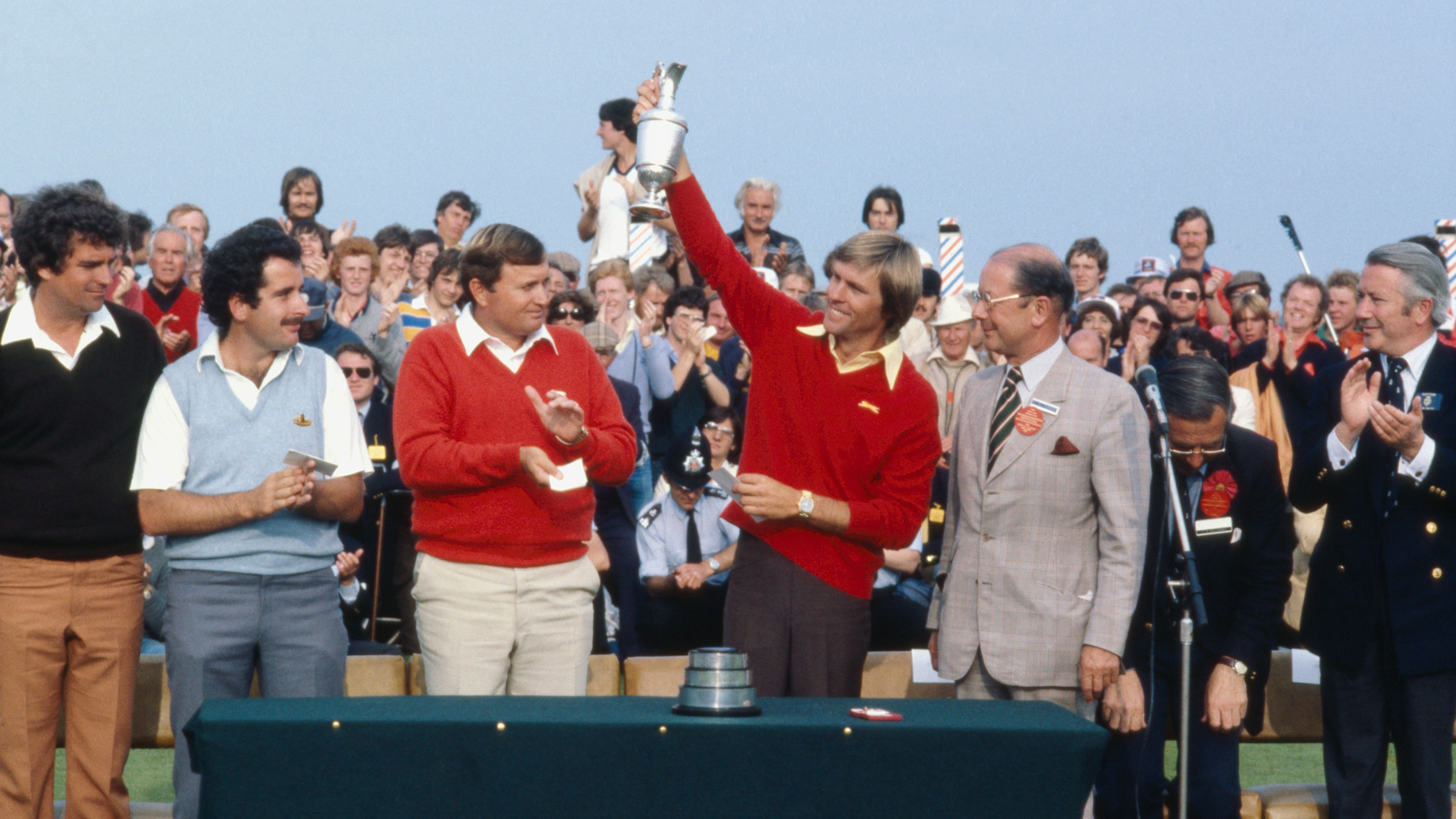

First contested in 1860, The Open Championship is golf’s oldest and most prestigious competition. In 150 instalments of the event, up to 2022, there have been 88 winners from 15 different countries. The majority of Open champions, from Old Tom Morris to Tiger Woods were, or have become, legends of the game.
But there are others who have lofted the Claret Jug whose names are less familiar to all but the most avid golf fans. Here we look at 5 of those lesser-known Open champions.
Arnaud Massy
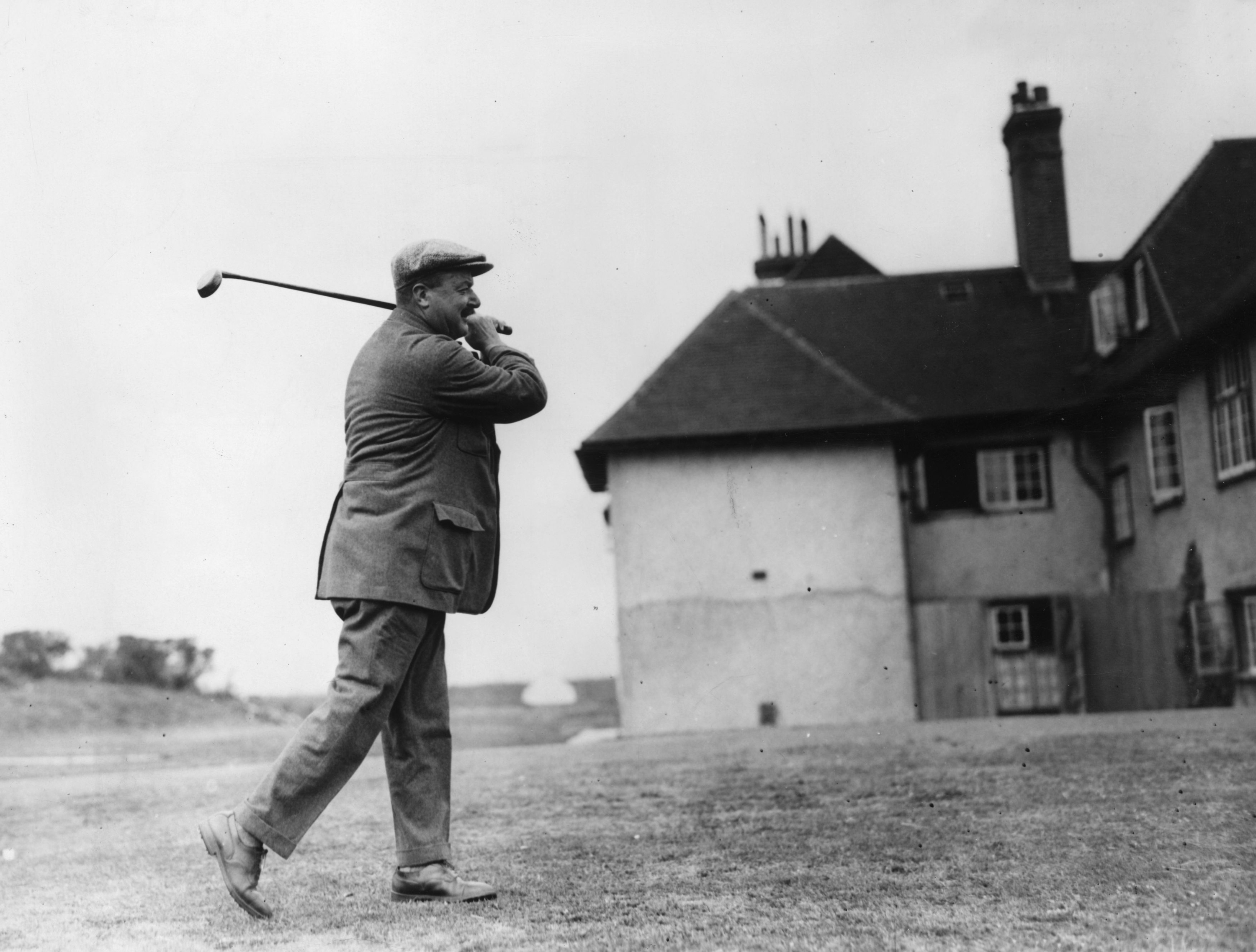
The first 46 Open Championships were won by players hailing from the British Isles. But in 1907, Frenchman Arnaud Massy upset the home contingent by triumphing at Royal Liverpool. A former Biarritz caddy, Massy won the French Open of 1906 and defended his title in the 1907 event.
In that latter victory, Massy had beaten a number of the top British players, so he was a recognised threat when he travelled to Hoylake for the 1907 Open. Massy led after two rounds at Royal Liverpool but was overtaken by the great J.H. Taylor in round three. Taylor, already three times an Open winner, had finished second in the three previous championships. The smart money was on the Englishman to take the title. But he struggled on the front nine after stumbling to a seven on the third hole. Massy played steadily and carded a closing 77 to win by two.
Renowned as a long hitter, Massy had six further top-10 finishes in The Open and he won a total of 17 professional tournaments. Massy married a Scot called Janet Henderson, who hailed from North Berwick, and he spent a number of years living in Edinburgh. Until Seve won the 1979 Open Championship, Massy remained the only continental European to win a men’s Major championship.
Alf Perry
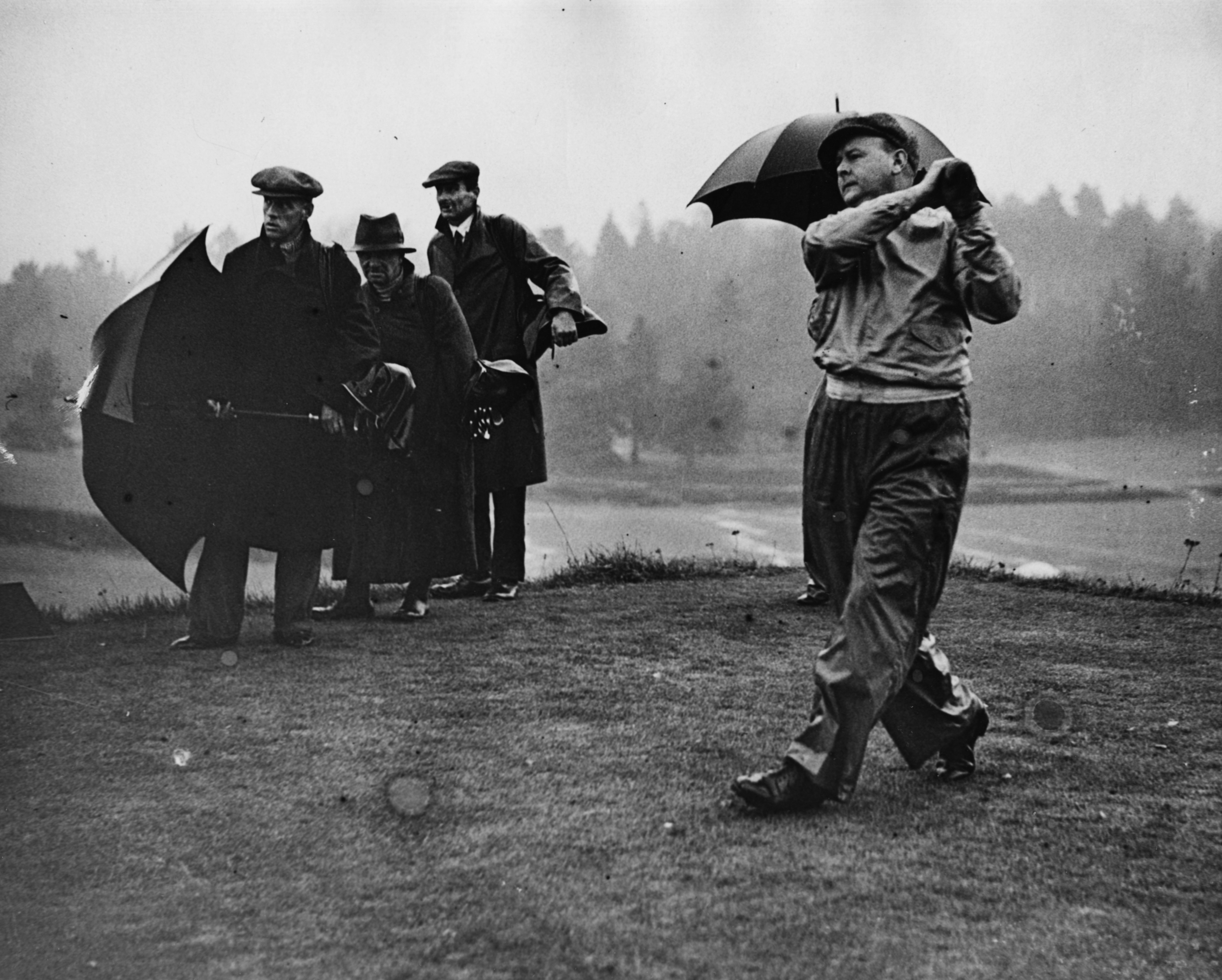
Henry Cotton had won the 1934 Open and, after taking the lead in the 1935 championship at Muirfield with an opening round of 68, a successful defence looked very much on the cards. But Cotton was to fade with disappointing second and third rounds.
In the end it was little-known Alf Perry who emerged from the pack to take the title. Perry had won a couple of PGA Assistants championships but had no further notable victories coming into the 1935 Open. He had played in the championship six times before but had never finished better than a tie for 16th.
Get the Golf Monthly Newsletter
Subscribe to the Golf Monthly newsletter to stay up to date with all the latest tour news, equipment news, reviews, head-to-heads and buyer’s guides from our team of experienced experts.
Perry won four further professional tournaments and recorded a tie for third in the 1939 Open. He played in three Ryder Cups but only managed one half from the four matches he played in. Perry was professional at Leatherhead Golf Club until his retirement in 1972.
Kel Nagle
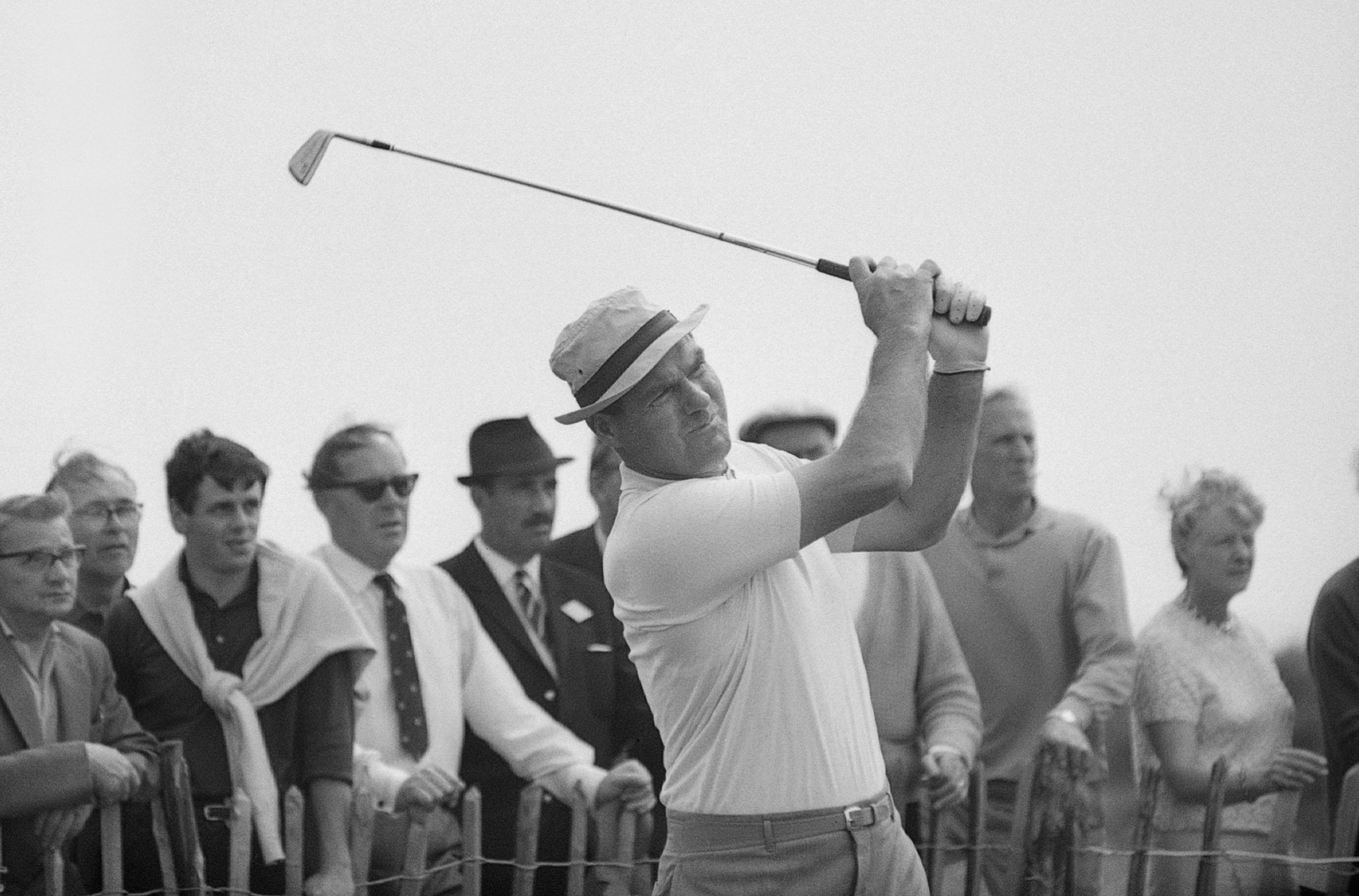
It’s a little unfair to describe Nagle as lesser known as he won 94 professional tournaments over a career spanning four decades, and was inducted into the World Golf Hall of Fame in 2007.
But heading into the 1960 Open Championship, the Australian was not among the favourites. At 39, he was something of a veteran and he had only played in two previous Major championships, with tied 19th place finishes in both the 1951 and 1955 Opens.
Arnold Palmer had won both The Masters and U.S. Opens of 1960 and was looking to match Ben Hogan’s 1953 feat by also claiming The Open title in the same year. Palmer started solidly at St Andrews with an opening 70, one off Kel Nagle’s 69 and three behind Argentina’s Roberto De Vicenzo.
Nagle and De Vicenzo both carded second round 67s to pull clear of the pack and the Australian moved in front after round three. Although Palmer made a run in the final round, closing with a 68, he came up one shy as Nagle took the title with a four-round total of 10-under-par.
Nagle had six further top-10 finishes in The Open Championship, including a second place in 1962. He also lost out to Gary Player in an 18-hole playoff for the 1965 U.S. Open.
Bill Rogers

The field for the 1981 Open championship at Royal St George’s was packed with star names. Tom Watson was defending champion, Seve and Jack Nicklaus were looking to add to their Open tallies, as were the likes of Johnny Miller, Lee Trevino and Tony Jacklin.
Bill Rogers had played in The Open only once before, finishing tied for 16th in 1980. But he wasn’t a total unknown. He’d won the 1979 Suntory World Match Play, beating Isao Aoki in the final and he’d also won the Sea Pines Heritage on the PGA Tour earlier in 1981.
Having said that, few expected Rogers to be the man to cruise away from the field as he did at Royal St George’s. He followed an opening 72 with superb rounds of 66 and 67 to take a five-stroke lead into the final round. A closing 71 saw him finish four clear of a young Bernhard Langer.
Not one of the past champions in the field finished inside the top-10. Rogers won three more times on the PGA Tour, but his career fizzled out and he left the circuit in 1988 at the age of just 36.
Todd Hamilton
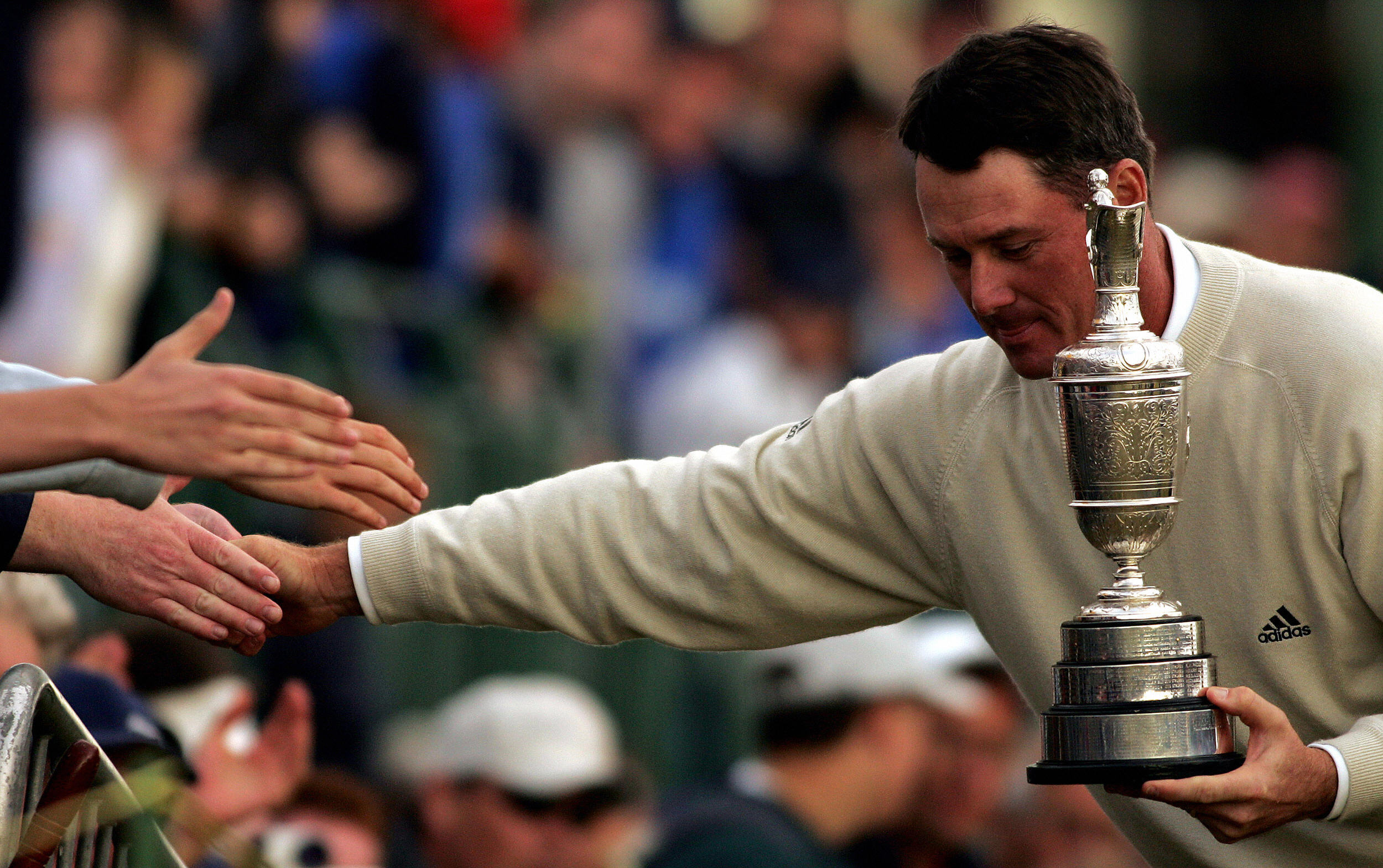
Hamilton had been a professional for 17 years by the time of the 2004 Open Championship at Royal Troon. His early career was largely spent in Japan where he enjoyed significant success, earning some $6 million in total prize money and winning 11 times.
But he was barely known in the USA and Europe and it was something of a surprise when, having earned his card at the 2003 PGA Tour Q-school, he won the 2004 Honda Classic. It was even more of a surprise when he beat Ernie Els in a playoff to claim The Open Championship of the same year at Troon. Even Hamilton was shocked by the win
"I hit a lot of cuts and low slice shots off the tee to keep the ball in play. It didn't look pretty…” he said after the round.
Not pretty – but pretty effective!
In 187 starts on the PGA Tour following his Open triumph, Hamilton missed the cut 111 times and finished in the top-10 on only three occasions. He has missed the cut in The Open 11 times since 2004.

Fergus is Golf Monthly's resident expert on the history of the game and has written extensively on that subject. He has also worked with Golf Monthly to produce a podcast series. Called 18 Majors: The Golf History Show it offers new and in-depth perspectives on some of the most important moments in golf's long history. You can find all the details about it here.
He is a golf obsessive and 1-handicapper. Growing up in the North East of Scotland, golf runs through his veins and his passion for the sport was bolstered during his time at St Andrews university studying history. He went on to earn a post graduate diploma from the London School of Journalism. Fergus has worked for Golf Monthly since 2004 and has written two books on the game; "Great Golf Debates" together with Jezz Ellwood of Golf Monthly and the history section of "The Ultimate Golf Book" together with Neil Tappin , also of Golf Monthly.
Fergus once shanked a ball from just over Granny Clark's Wynd on the 18th of the Old Course that struck the St Andrews Golf Club and rebounded into the Valley of Sin, from where he saved par. Who says there's no golfing god?
-
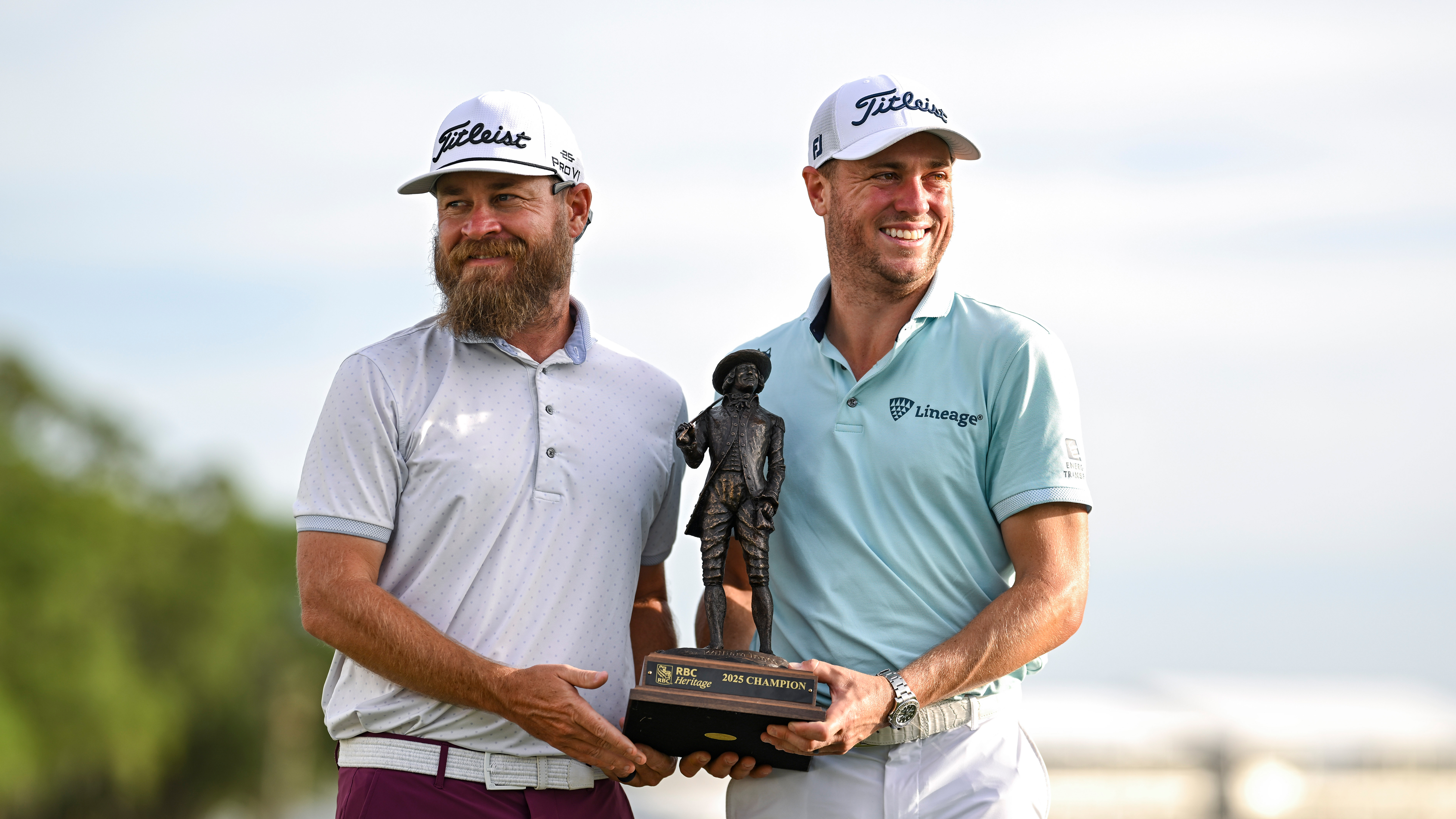 Justin Thomas Confirms Stand-In Caddie Will Not Replace Long-Term Looper After First Victory Since 2022
Justin Thomas Confirms Stand-In Caddie Will Not Replace Long-Term Looper After First Victory Since 2022Thomas won the RBC Heritage with Max Homa's former looper, Joe Greiner as his assistant but is looking forward to welcoming his regular caddie back soon
By Jonny Leighfield
-
 Rose Zhang Ruled Out Of Chevron Championship
Rose Zhang Ruled Out Of Chevron ChampionshipThe American hasn't featured in a competitive event since withdrawing from the T-Mobile Match Play, with it reported that Zhang will miss the Chevron Championship due to an ongoing neck injury
By Matt Cradock
-
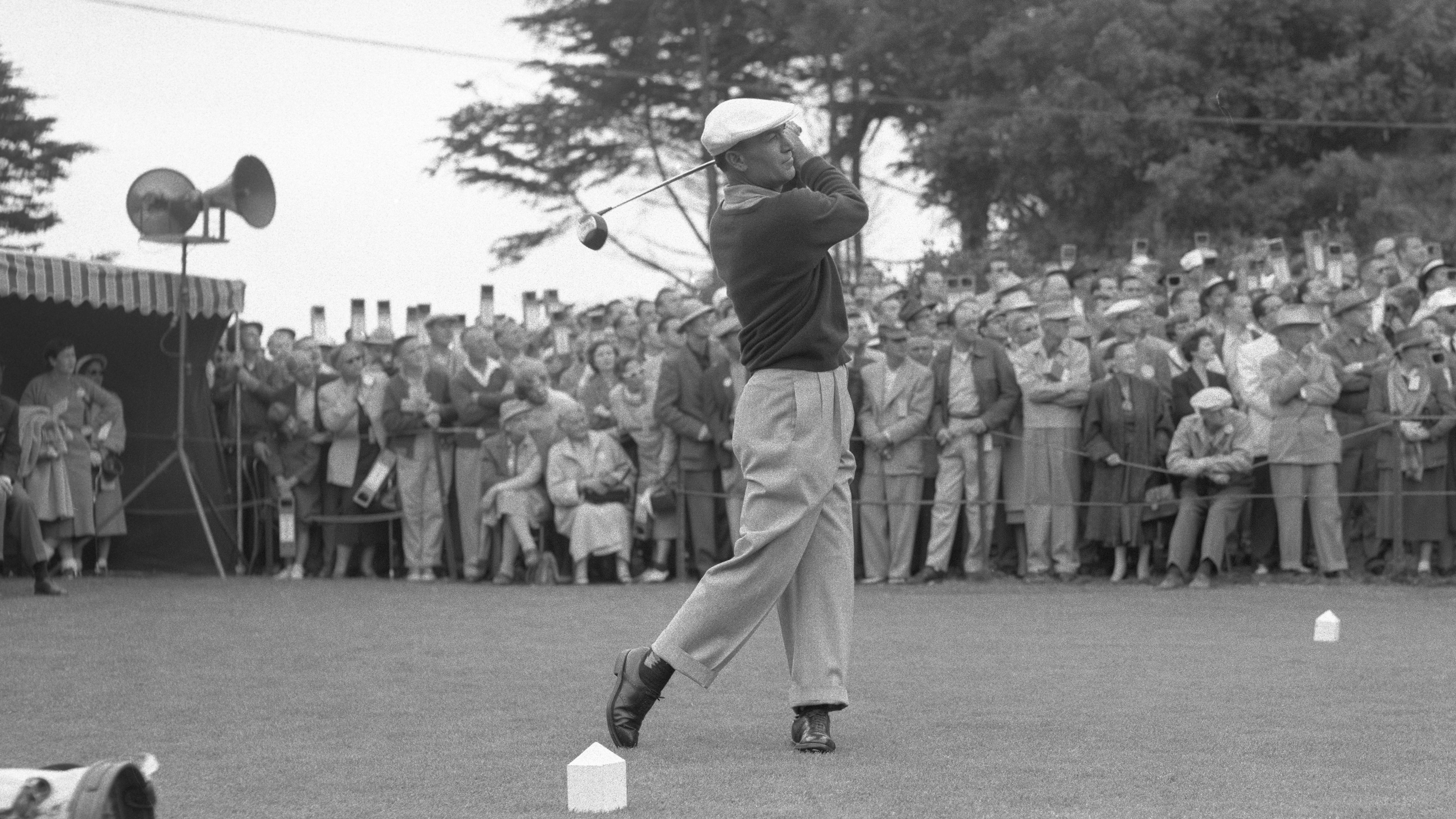 Quiz! How Much Do You Know About Ben Hogan?
Quiz! How Much Do You Know About Ben Hogan?Ben Hogan was one of the greatest golfers in the history of the game. He was a brilliant swinger of the club and is an icon of the sport. How much do you know about him? Test yourself here…
By Fergus Bisset
-
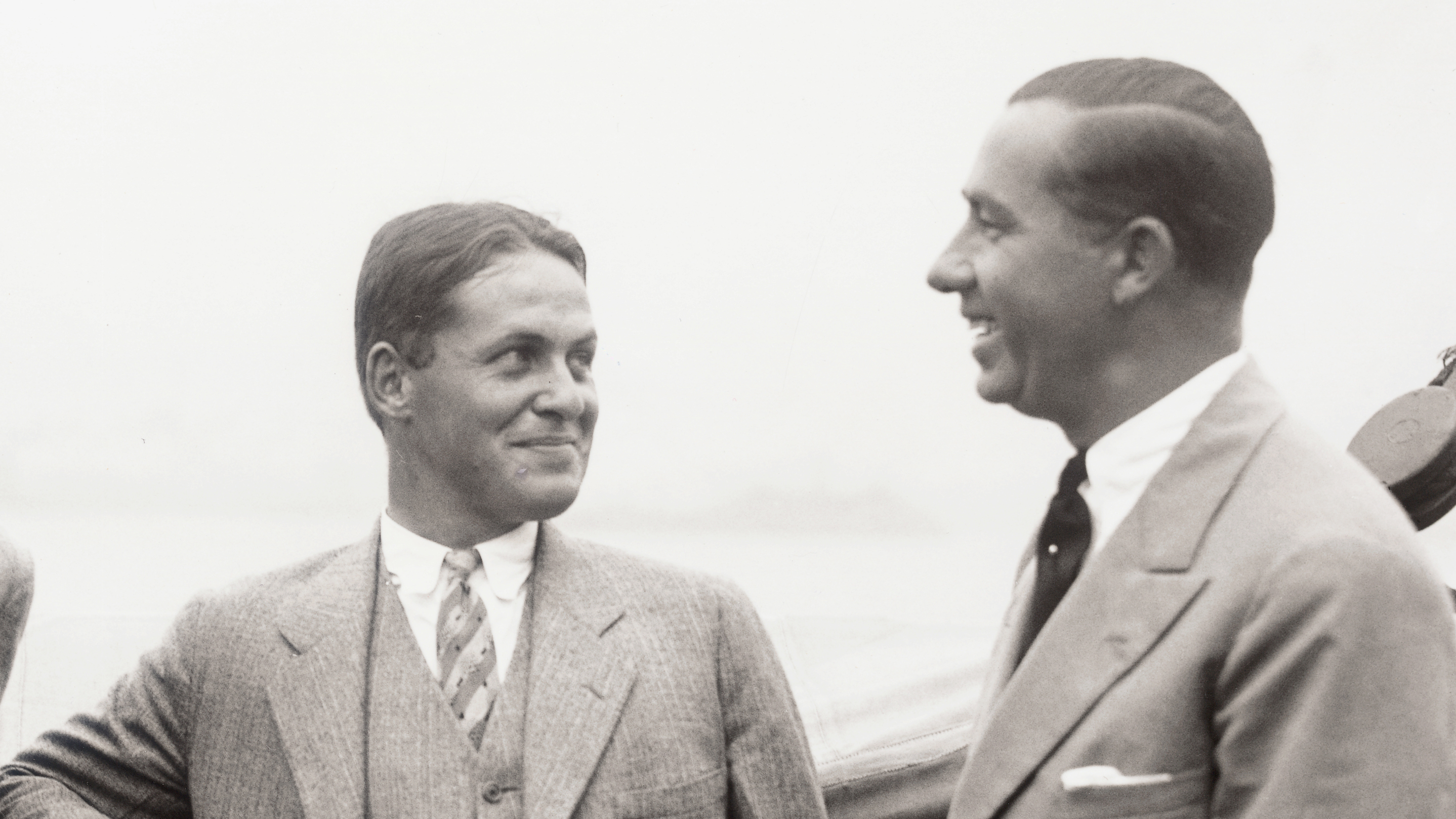 Quiz! Golf In The Roaring 20s – How Much Do You Know About Walter Hagen and Bobby Jones?
Quiz! Golf In The Roaring 20s – How Much Do You Know About Walter Hagen and Bobby Jones?Walter Hagen and Bobby Jones were the standout star golfers of the 1920s. How much do you know about their golfing careers? Test yourself with this quiz
By Fergus Bisset
-
 How Far Did Old Tom Morris Drive The Golf Ball?
How Far Did Old Tom Morris Drive The Golf Ball?Old Tom Morris became a golfing legend in the second half of the 19th century, but how far could he hit the golf ball?
By Fergus Bisset
-
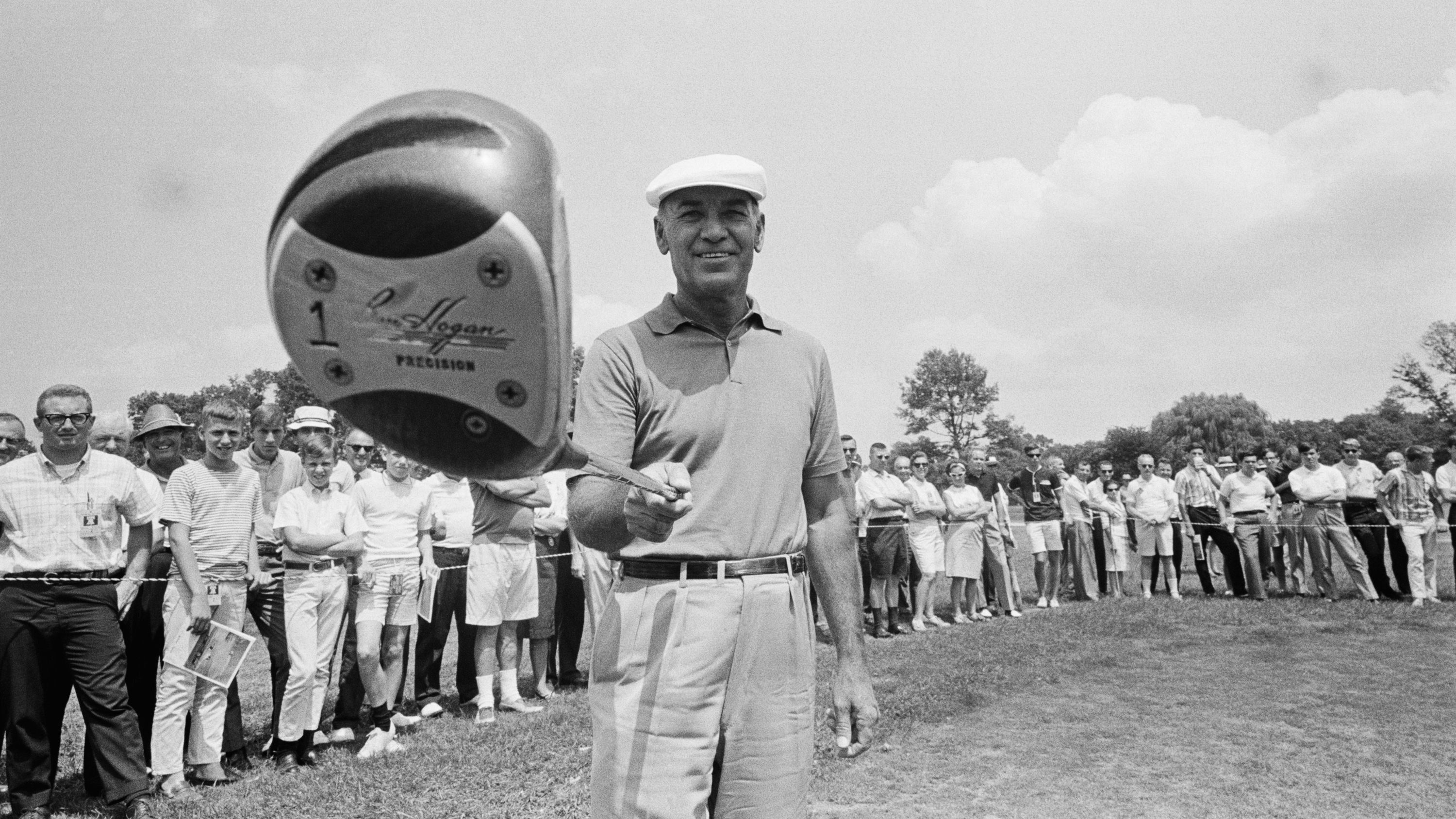 Injury, The Yips And No Form... How Ben Hogan Almost Pulled Off The Unthinkable In His Last Masters Appearance
Injury, The Yips And No Form... How Ben Hogan Almost Pulled Off The Unthinkable In His Last Masters AppearanceAt Augusta National in 1967, 54-year-old Ben Hogan rolled back the years with an incredible back nine of 30 in the third round of his final Masters
By Fergus Bisset
-
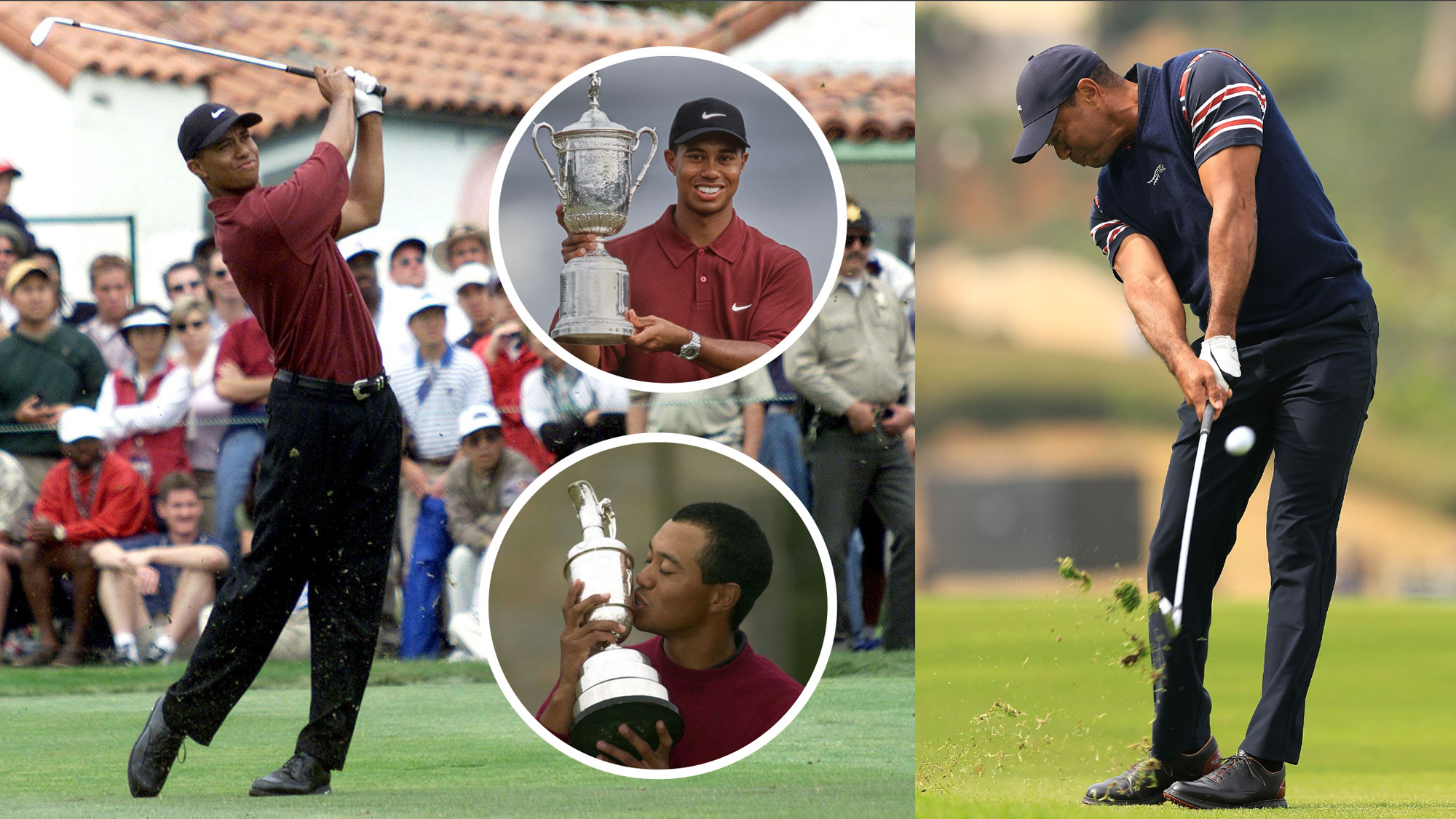 How Would The Unstoppable Tiger Woods Of 2000 Get On Against Today's Best Golfers? We've Crunched The Numbers To Find Out...
How Would The Unstoppable Tiger Woods Of 2000 Get On Against Today's Best Golfers? We've Crunched The Numbers To Find Out...In 2000, Tiger Woods played golf that seemed, and was at times, out of this world. Was it the best anyone has ever played? How would it compare to the best of today?
By Fergus Bisset
-
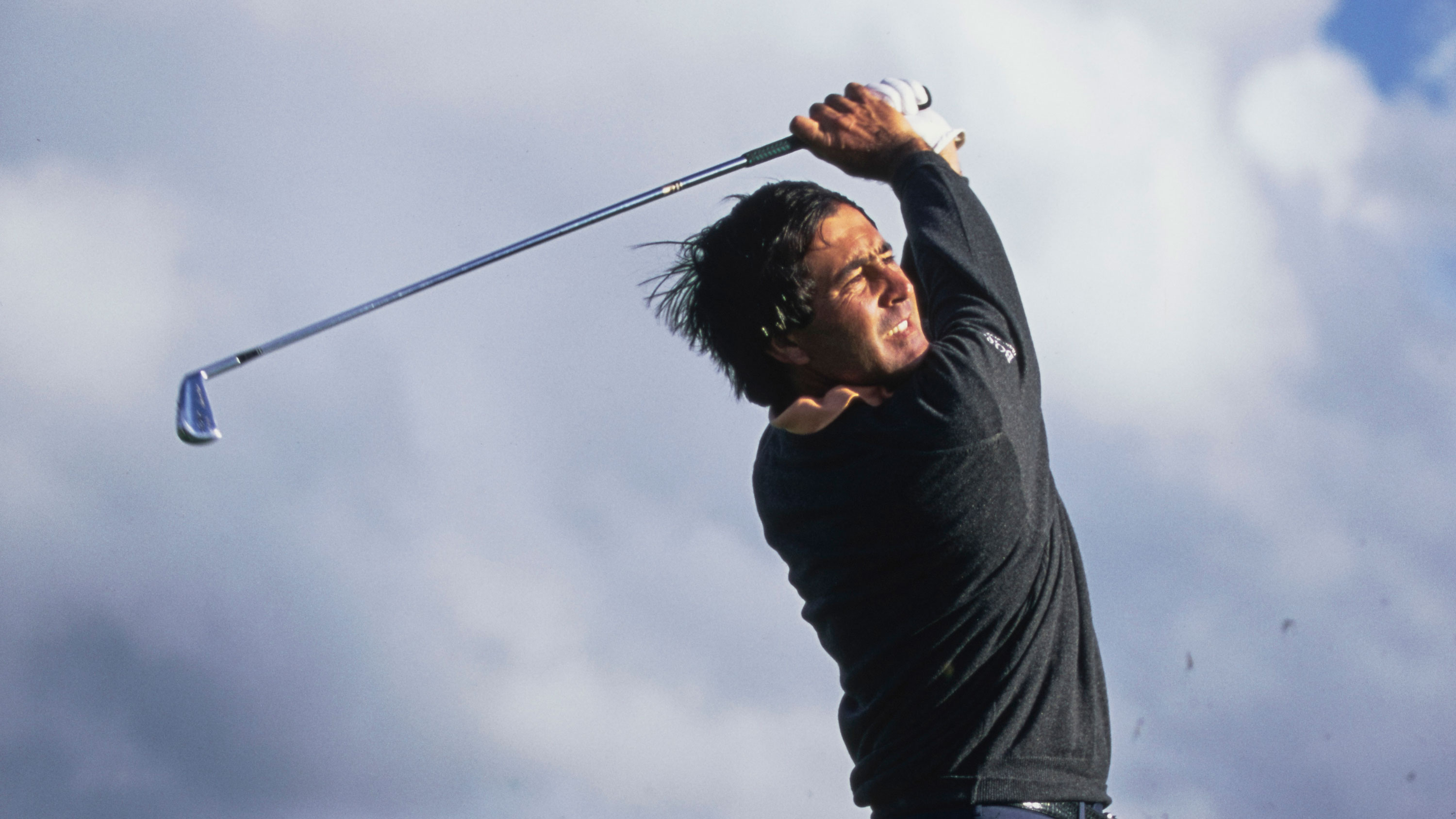 Seve Or Arnie, Who Did More For The Modern Pro Game?
Seve Or Arnie, Who Did More For The Modern Pro Game?Both men were inspirational, and both played a key role in the development of the professional game during the second half of the 20th century.
By Fergus Bisset
-
 It Only Took 19 Play-Off Holes... The Amazing Story of Hale Irwin's Record-Breaking 1990 US Open Win
It Only Took 19 Play-Off Holes... The Amazing Story of Hale Irwin's Record-Breaking 1990 US Open WinHale Irwin came through a play-off to become the oldest ever US Open winner in an unlikely and highly memorable contest at Medinah
By Fergus Bisset
-
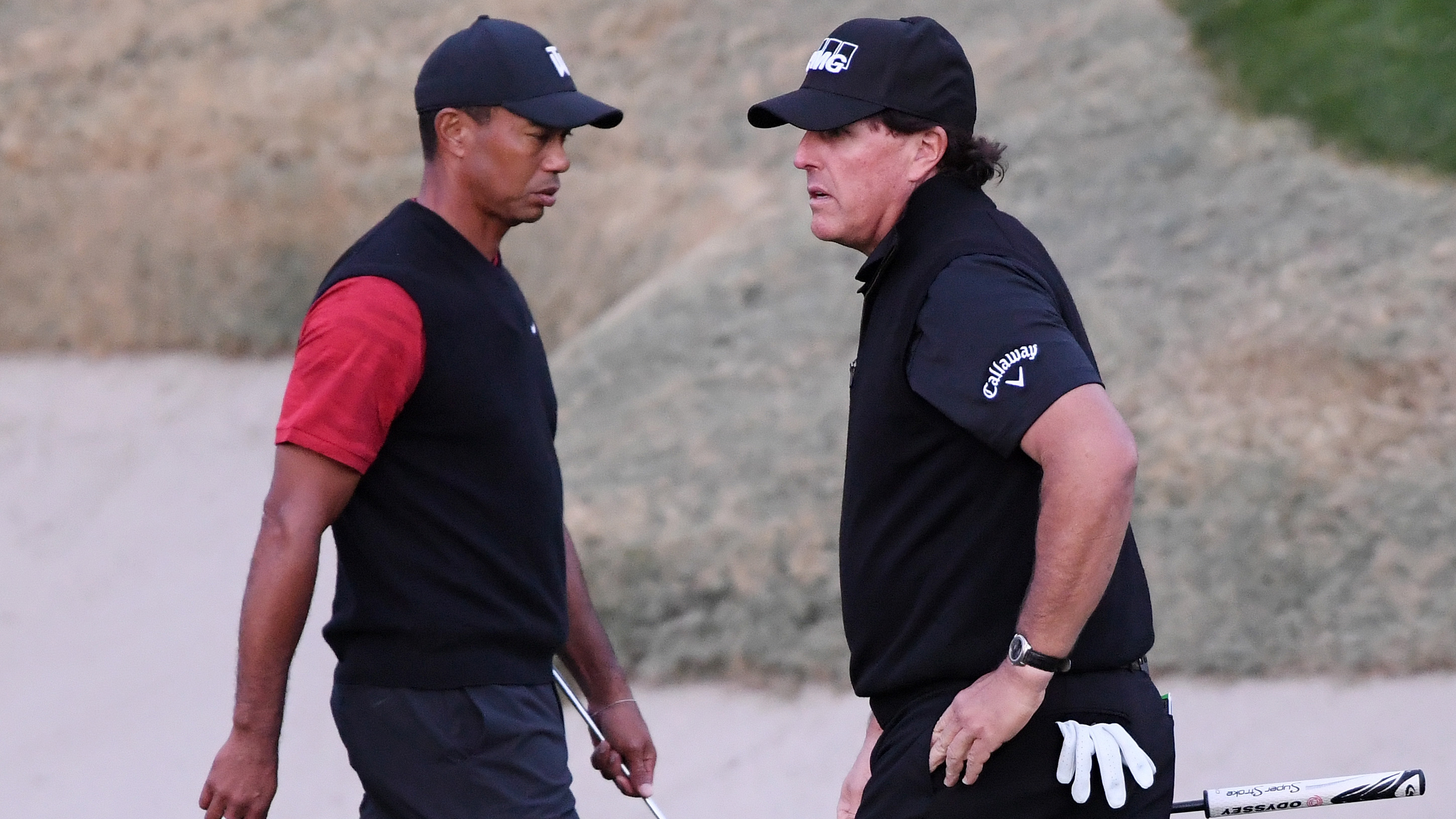 Woods Vs Mickelson – The Numbers Behind One Of Golf’s Great Rivalries
Woods Vs Mickelson – The Numbers Behind One Of Golf’s Great RivalriesWe take a look at the careers of two legends from the last 35 years of golf and compare some of the numbers behind their success.
By Fergus Bisset